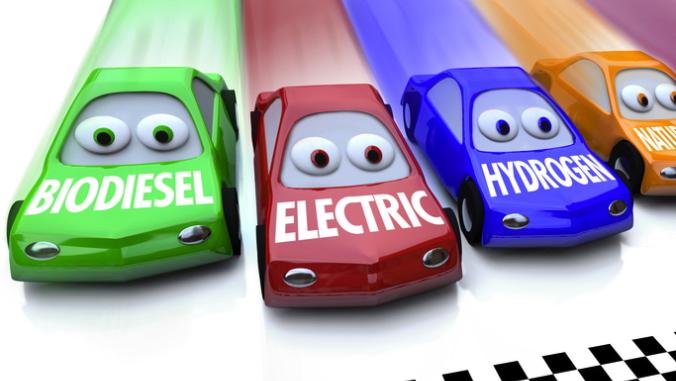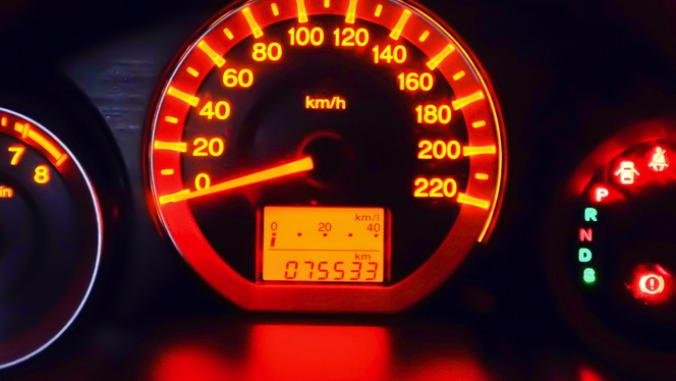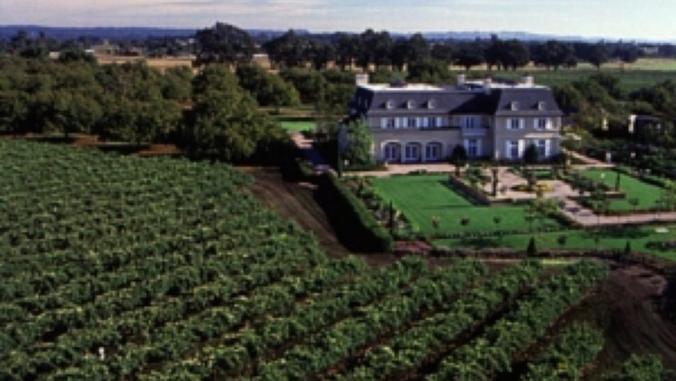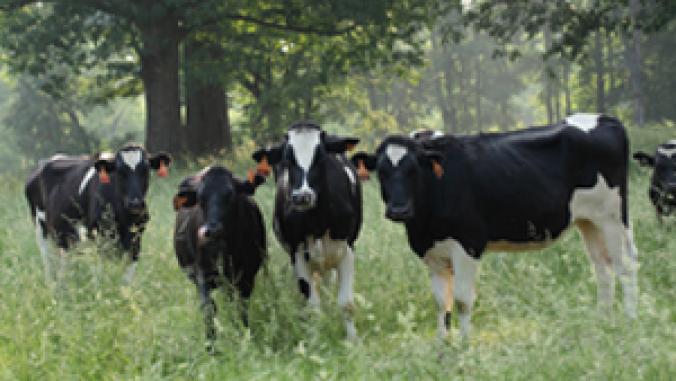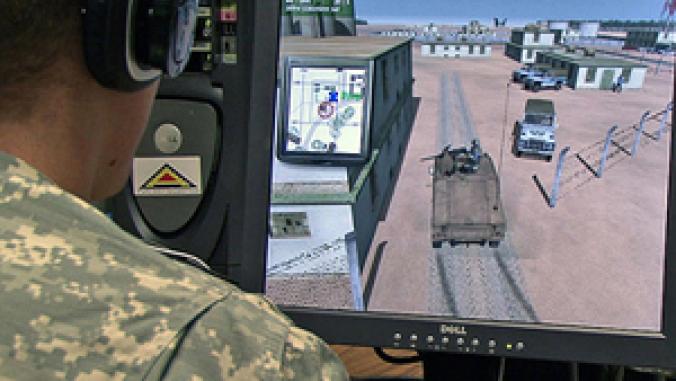How Albertsons Achieved Zero Waste at Two Grocery Stores
<p>Now diverting more than two millions pounds of garbage from local landfills, the two Santa Barbara stores have also achieved a goal of making their waste stream "revenue neutral," meaning the combined savings and new revenue streams created by going zero waste are offsetting the cost of handling it.</p>

Image CC licensed by Flickr user Rob!
Two Southern California Albertsons grocery stores have achieved zero waste, together diverting more than two millions pounds of garbage from local landfills.
In doing so, the two stores, located in Santa Barbara, are no longer spending money on managing their waste -- they've instead turned their waste stream into a revenue stream.
"We're now beyond revenue neutral," said Rick Crandall, director of environmental stewardship of Albertsons' Southern California division, meaning the combined savings and new revenue streams created by going zero waste are offsetting the cost of handling it.
The company strives to make all environmental initiatives revenue neutral, said Crandall, who declined to disclose figures. He cautioned that the savings and revenue aren't significant, but it's always a good thing when a company can turn an expense into a revenue center.
In a phone interview Tuesday, Crandall offered a short history of the stores' efforts.
"About three years ago, we started really looking at environmental stewardship and analyzing our waste stream because you can't do much about it unless you know what's in it," Crandall said.
First, the company began separating and recycling fiber- and resin-based materials.
For fiber-based materials, that means old corrugated cardboard (OCC), waxed old corrugated cardboard (WOCC), and all other fiber. The two stores opened a new revenue stream when it began sending WOCC to a company that turns it into environmentally friendly fireplace logs. Crandall's division alone previously sent 2.4 million pounds of WOCC a year to landfills.
The company also separated and began recycling five types of resins: #1, #2, #4, #5 and #6 plastics. That adds up to roughly 27,524 pounds of plastic per year for the two stores.
The next project was its Fresh Rescue program, which donates blemished, about-to-expire foodstuffs that can't be sold in stores to Southern California food banks. In the last three years, Albertsons' Southern California division donated 72 million pounds of food to food banks through the initiative. For the two Santa Barbara stores, this adds up to nearly 150,000 pounds of food per year sent to the Foodbank of Santa Barbara County.
"All that product would have gone to landfill," Crandall said.
These efforts pushed the diversion rates of the two Santa Barbara stores to more than 50 percent. "We worked with City of Santa Barbara to come up with an organic compost," Crandall said. "Now we take everything else and we divert that through the city waste hauling program."
Each store now averages a little more than 100 pounds of trash per day that can't be recycled, reused or composted. The store located at 3942 State Street in Santa Barbara has reached a waste diversion rate of 95.9 percent, while the store at 2010 Cliff Drive has achieved 95.1 percent.
The efforts are laudable, particularly since the Santa Barbara stores achieved zero waste without including waste-to-energy projects, where waste is combusted to generate electricity, said Justin Lehrer, program manager at StopWaste.org, a public agency in Northern California comprised of the Alameda County Waste Management Authority and the Alameda County Source Reduction and Recycling Board.
Albertsons is testing a waste-to-energy pilot program in Orange County, which Crandall called the "wave of the future." Lehrer said there can be questions about other environmental impacts from some waste-to-energy projects, such as potential toxic emissions. Honda recently retooled its zero waste goal so that its achievement would not include shipping materials for waste-to-energy incineration.
In general, retailers face a slew of challenges in reducing their waste, Lehrer said.
"They have a lot of material coming in and that material is all packaged," he said. "They have their own packaging they have to remove and get ready for display, but also the waste generated through their normal operations."
He pointed to Walmart as an example of how retailers are increasingly working with their suppliers to reduce packaging. Walmart has set a goal of reducing its global packaging 5 percent by 2013.
"Influencing packaging that comes through the door really helps them reduce their own waste," Lehrer said.
Albertsons too works upstream to understand the lifecycle of products, Crandall said. He pointed to the plastic buckets of icing used in its bakery departments which at one time included metal handles. The handles were hassle to recycle so at Albertsons' request, the manufacturer began using plastic handles, allowing Albertsons to recycle 100 percent of the buckets.
Crandall said at least two additional stores are probably zero waste but not documented. He's not sure if he can realistically get all 258 stores in the Southern California division, which also includes Nevada, because of geographic challenges and municipal recycling capabilities.
"We can get most of our stores to zero waste in the next five years if things work out well, but it comes down to cost," he said. "We also have to make sure it's right for associates" who are doing all the work.
Image CC licensed by Flickr user Rob!

